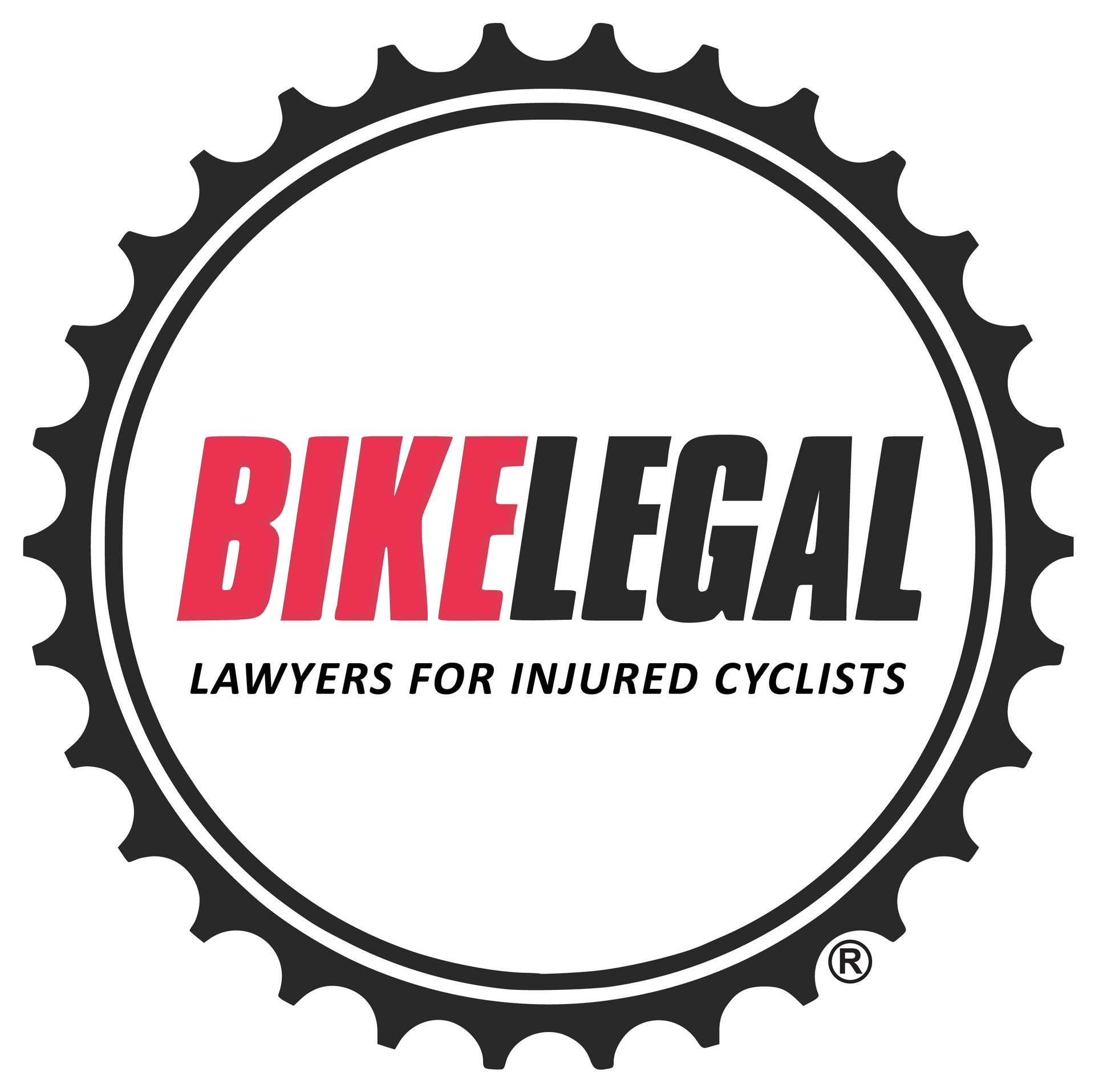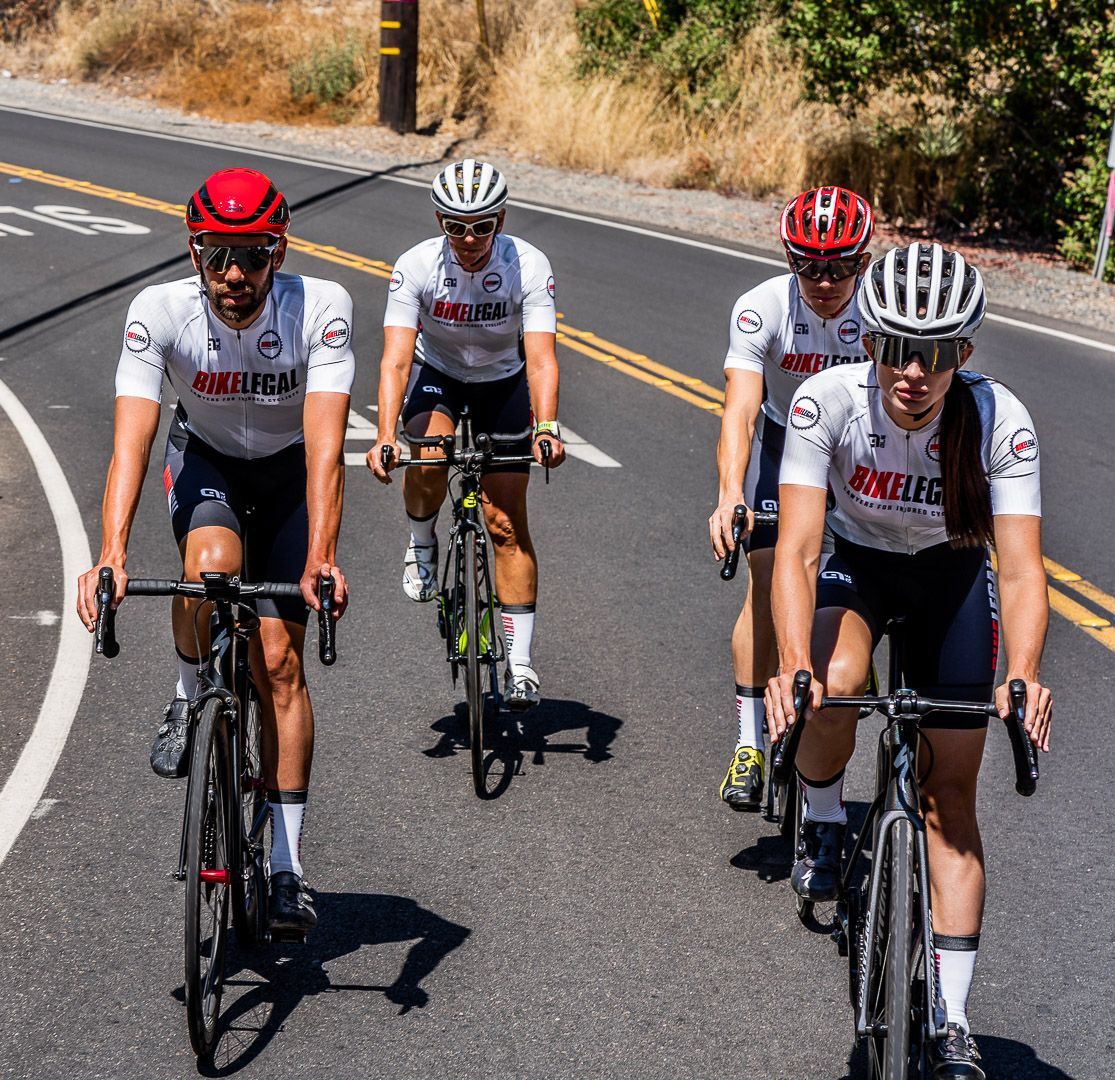Where Can You or Cannot Ride a Bicycle
Follow us on
social media!
Where Can You or Can You Not Ride a Bicycle?
Riding a bicycle is an exhilarating way to maintain an active lifestyle, discover new destinations, and breathe fresh air. Getting around on a bike can only be easy by knowing which routes are open to cyclists.
This blog will provide a complete guide on where to ride a bicycle safely and legally. From dedicated bicycle lanes to bustling city sidewalks, we'll cover all the essential rules and regulations to ensure a safe ride.
So grab a helmet, and let's hit the road!
Importance of Knowing Bicycle Laws
Bicycle laws vary in different states. It is crucial to understand these laws to prevent accidents and ensure your safety. Riding a bicycle in a prohibited area can result in a fine or, even worse, an accident.

NHTSA states in 2019 and 2020, 859 and 948 bicyclists lost their lives in crashes, respectively. The fatality rate increased by 5% from the previous year. As of 2021, the number of fatalities in fatal bicycle accidents in the USA has reached 966.
From 2012 to 2021, the average number of bicyclist deaths was 8,344. According to CDC statistics, over 1,000 bicyclists die, and 130,000 face injuries in crashes in the USA yearly.
Bicycle laws can be complex and vary from state to state. Understanding the rules and regulations can help you avoid unnecessary penalties. It also keeps you safe while enjoying your cycling.
It is just a general overview, not a legal piece of advice. If you want to get expert legal advice on bicycle accidents, get in touch with our experienced attorneys at Bike Legal.
Parks And Recreational Areas
Public parks and recreational areas can be great places to cycle. In the USA, the rules regarding cycling in parks vary depending on the park's classification and management. National parks generally prohibit cycling on hiking trails, while many state and city parks have designated cycling areas and pathways. Each park has its own set of guidelines for cycling.
So, it's essential to familiarize yourself with them to avoid any potential fines or citations.
- How To Safely Navigate Through Parks
When cycling in parks, safety should be the top priority. Cyclists should be aware of their surroundings. Moreover, they must prepare to yield to other park visitors, such as pedestrians or wildlife. It's also good to follow designated cycling areas to ensure the safety of other users.
- Understanding Designated Cycling Areas
Understanding designated cycling areas is crucial for safe cycling in public parks. Signs or symbols, such as speed limits or direction of travel, must be considered. By following this information, cyclists can enjoy the park's beauty while keeping themselves and others safe.
Public Roads And Transport
Knowing the rules and regulations when using public transport with a bicycle is essential for everyone's safety.
- Understanding The Laws For Cycling On Public Roads
Different states or countries may have other laws regarding cycling on public roads. It can be speed limits, helmet requirements, and designated cycling lanes in the same direction.
- Safety Tips When Commuting With A Bicycle
Cyclists should be aware of their surroundings. They must follow official traffic control device signs. They should use hand signals and yield to pedestrians, indicate turns or stops, and maintain distance from other vehicles. Wearing appropriate safety gear is essential to avoid potential hazards.
- Laws Differences For Cycling On Urban Versus Rural Roads
Urban and rural areas may have different laws and regulations regarding cycling. There may be differences in speed limits or lighting and reflective gear requirements. Cyclists should be aware of these differences and follow the appropriate local ordinances and laws for cycling.
Private Property
There are several things to remember before using private property for cycling.
- The Potential Legal Consequences
Cycling on private property without permission can result in legal consequences. It can be fines, charges, or even arrests depending on the severity of the case.
- Understanding Trespassing Laws
It is essential to understand the trespassing laws in your area. It will help to know how they apply to cycling on private property without permission.
- Prohibited Areas In Private Property
Private properties like shopping centers or roads may prohibit cycling for safety or liability reasons.
- Get Permission
Communicating with local governments, property owners, or managers to obtain permission before cycling on private property. It can involve asking for permission, signing a liability waiver, or paying a fee.
Off-road And Mountain Biking
Off-road and mountain biking refer to riding cycles on unpaved paths, trails, or even mountains.
- Where To Find Legal Off-road Trails
To find legal off-road trails, search for information online or check with local cycling clubs. You can contact the local park or forest service office.
Many states also have official websites or trail maps that provide information on legal off-road trails and areas to ride.
- Safety Measures For Off-road Cycling
It is advised to stay safe when cycling off-road, such as wearing appropriate protective gear. It also involves staying hydrated and being mindful of the environment and wildlife.
- Differences Between Laws For Off-road And On-road Cycling
The differences between laws for off-road and on-road cycling can vary by state and municipality. Generally, off-road cycling has fewer regulations and restrictions compared to on-road cycling. Off-road cyclists may be required to follow specific rules and stay on designated trails.
On-road cyclists must follow traffic laws while sharing the road with other vehicles. Additionally, off-road cycling may have specific equipment requirements, such as helmets and protective gear.
Sidewalks And Pedestrian Areas
- The Potential Dangers Of Cycling On Crowded Sidewalks
Riding on sidewalks and other pedestrian areas may be legal in some jurisdictions, but it’s essential to consider the safety risks. Crowded sidewalks can make it challenging to navigate and avoid pedestrians. Cycling in pedestrian zones can create hazards for both cyclists and pedestrians.
- Alternatives For Pedestrian Areas
If your area and other pedestrian areas prohibit sidewalk riding, it's better to consider alternative routes for cycling. It may involve using bike lanes, designated cycling routes, different bicycle paths, or finding less crowded areas to ride.
School Zones
- Special Considerations For Cycling Near Schools
You must be aware of the traffic when you ride your bicycle on a sidewalk near a school. It will help if you focus, especially during drop-off and pick-up times.
- State Laws Regarding Cycling Near Schools And Other Educational Institutions
Different states may have laws regarding cycling near schools. It requires cyclists to dismount and walk their bicycles on school grounds.
- Staying Safe And Avoiding Conflict
Some safety tips for cycling near schools include wearing bright or reflective clothing, using hand signals, and following all traffic laws
It's also important to know any school-specific rules or guidelines for cycling in the area.
Riding On The Roadway
In all states in the USA, riding a bicycle on roads with a motor vehicle is legal. They have equal rights and responsibilities as motor vehicles. It means cyclists can move on the roadway, following the same traffic laws as cars and trucks.
However, there are specific rules regarding where on the road you can ride. Bicyclists must ride as far to the right side of the road as possible.
Some states require bicyclists to ride in bicycle lanes or use hand signals when turning or changing lanes. It is crucial to follow these rules to ensure your safety and avoid penalties.
Riding In Bicycle Lanes
However, there are times when a cyclist cannot ride safely in a bike lane, such as avoiding an object in the roadway or preparing to turn left at an intersection. It is important to know when you must use a bike lane and the exceptions to the requirement. Research your local cycling laws to learn more.
States Where You Cannot Ride On Highways
In some states, it is illegal to ride a bicycle on highways. Highways typically have higher speed limits, and riding a bicycle on a highway can be extremely dangerous. The definition of a highway may vary from state to state. It is crucial to check the local laws before riding a bicycle on any highway.
Where to Get Help in Case of a Bicycle Accident?
In need of assistance after a bicycle accident? Look no further! Reach out to our dedicated team of bicycle accident attorneys at Bike Legal. We are ready to guide you through the process, protect your rights, and help you secure the compensation you deserve. Don't hesitate to contact us now at 877-245-3534 and let us support you in this challenging time.
FAQS
What Factors Contribute To My Difficulty In Riding A Bicycle?
There could be numerous factors that contribute to difficulty in riding a bicycle. One of the most common factors is a need for more experience or practice. If you are unaware of riding a bicycle, developing the necessary skills and coordination can take time.
This fear can make it challenging to balance and control the bicycle. Physical factors, such as poor balance, coordination, or a bodily injury, can also make riding a bicycle hard. Finally, environmental factors such as unfamiliar terrain or weather conditions can contribute to cycle riding difficulty.
What To Do If You Can Not Ride A Bicycle?
If you can't ride a bicycle, there's no need to feel discouraged! Cycling takes time, and you can become confident with the right approach. Here are some steps to get a new start:
Get the right equipment: Ensure you have a properly fitting bicycle and a helmet. Having the right equipment will make learning to ride easier and safer.
Find a space: Look for a flat, open area without many obstacles, such as a parking lot or a park. Make sure the site is free from traffic and other hazards.
Start with the basics: Begin by learning how to balance on the bicycle. Try pushing yourself along with your feet while sitting on the saddle to feel how the bicycle moves.
Practice, practice, practice: Gradually increase your speed and distance as you gain confidence. Don't be afraid to make mistakes - they're a natural part of learning.
When Should You Not Ride Your Bike?
It would be best not to ride your bicycle in certain situations for safety reasons. Here are some examples:
- Adverse weather conditions like rain, thunderstorms, or strong winds can make cycling dangerous.
- If you feel unwell or have an injury, avoiding cycling is best until you fully recover.
- When you are under the influence of alcohol, riding a bicycle is illegal and dangerous.
- If your bicycle is in better condition, it can be safe to ride. Ensure your brakes, tires, and other components before riding.

